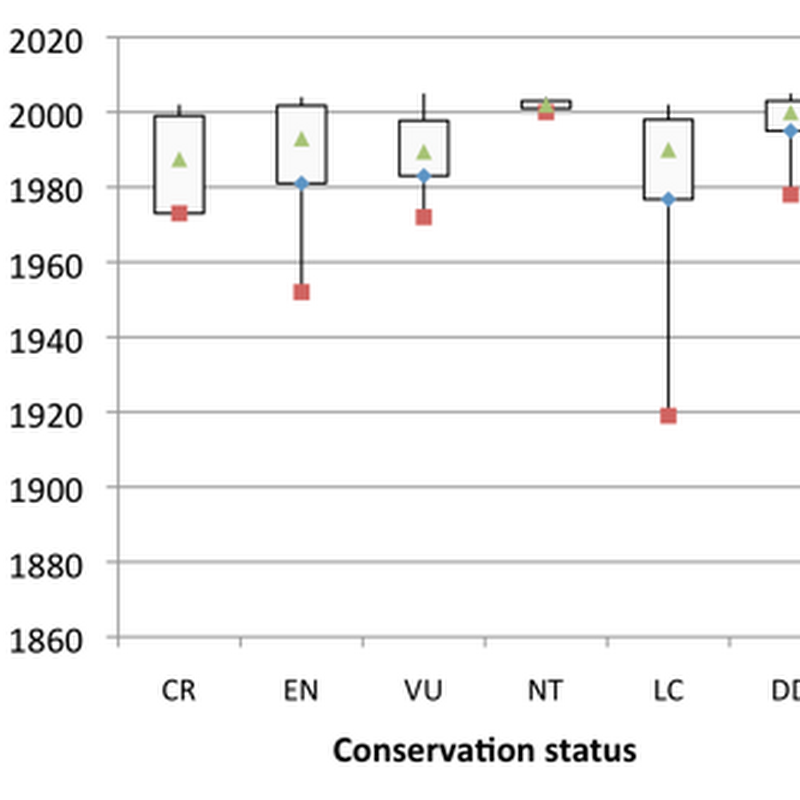
Quick final comment on the TDWG Challenge - what is RDF good for?. As I noted in the previous post, Olivier Rovellotti (@orovellotti) and Javier de la Torre (@jatorre) have produced some nice visualisations of the frog data set:Nice as these are, I can't help feeling that they actually help make my point about the current state of RDF in biodiversity informatics.





